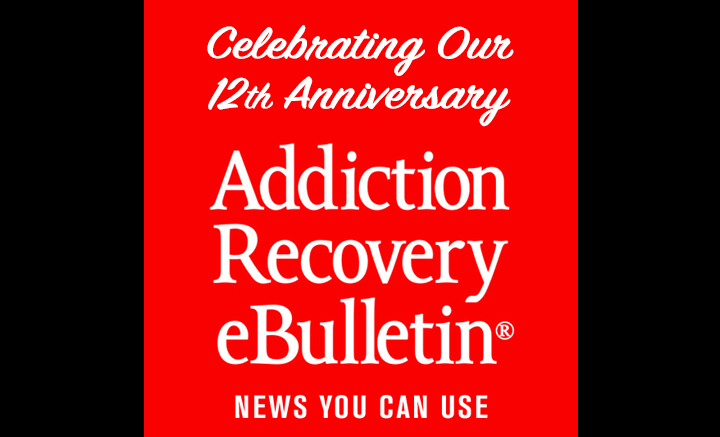Depends who you ask –
Sep. 29, 2020 – It used to be against the law to treat narcotic addicts with narcotics (The Harrison Act). In 2000, the Drug Addiction Treatment Act (DATA) changed that. DATA gave physicians the ability to treat opioid dependency with narcotic medications, mainly buprenorphine (the main ingredient in Suboxone), which is considered a schedule III drug. Physicians were also allowed to use schedule IV drugs, schedule V drugs, or any combination thereof.
To put this in perspective, schedule IV drugs include benzodiazepines, one of the most addictive substances known to man. “In the US, prescriptions for benzodiazepines more than tripled and fatal overdoses more than quadrupled in the past 20 years” since 2000, the year DATA was passed. ”Benzos” are becoming an epidemic in their own right.
An example of a schedule V drug could be Gabapentin, which has been moved to schedule V in some states, due to its well-known abuse potential. Gabapentin has also been shown to affect the brain’s ability to form new synapses, which is crucial in recovering from addiction. I have seen a single client prescribed an opioid, a benzo, a stimulant, and gabapentin numerous times a day, every day, as part of treatment prescribed by an addiction treatment professional—regardless of the fact the client continued to relapse on illicit drugs. When I ask myself, “How is this possible?” the Drug Addiction Treatment Act answers the question.



